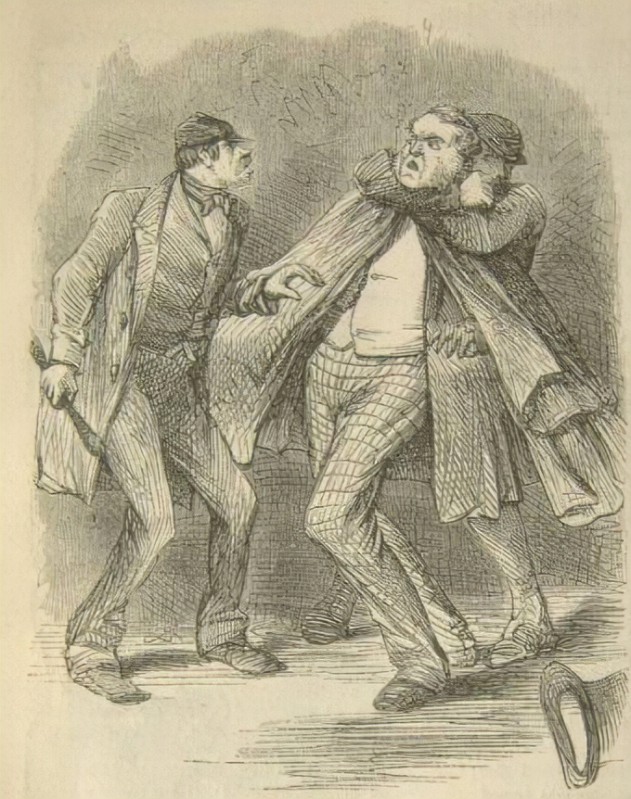This Victorian defense would have been worn facing backwards so that its wearer could retaliate against an attacker who had snuck behind them with a garrote. It would have been fired by pulling the lever at the bottom with an attached string and toggle.
They were a response to a moral panic around crime, more specifically violent criminals garroting individuals as a means of robbery. The extent of how common this type of attack was is unclear.

The back plate is riveted to a split belt, one side of which has a guide loop for the trigger string. Concealed lockwork. Overall design is different in all details from that patented by Henry Ball on 8 Feb 1858.
Royal Armouries: [11:07] https://youtu.be/CjtPf5gegd8?si=
https://royalarmouries.org/collection/object/object-50842
Johnathan Ferguson’s recommended source for further reading: https://www.jstor.org/stable/10.2979/victorianstudies.55.4.709


To save you a Google search, to garrote is to strangle someone with a length of wire or cord. A garrote is the length of wire or cord in question.
For those of us who haven’t played a hitman game.
Agent 47 certainly would be dismayed to encounter one of these.
Cheese or clay cutting wires are classic garrotes
deleted by creator